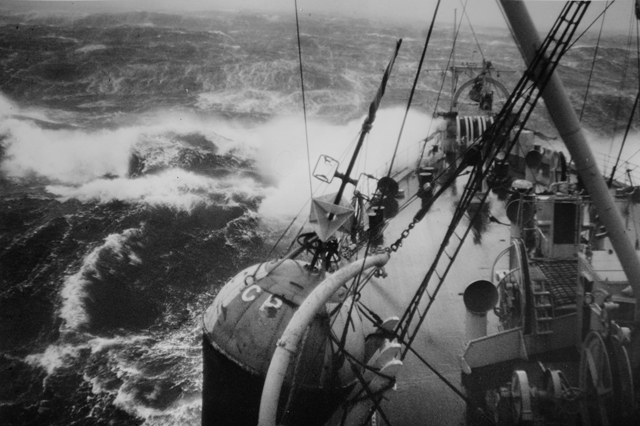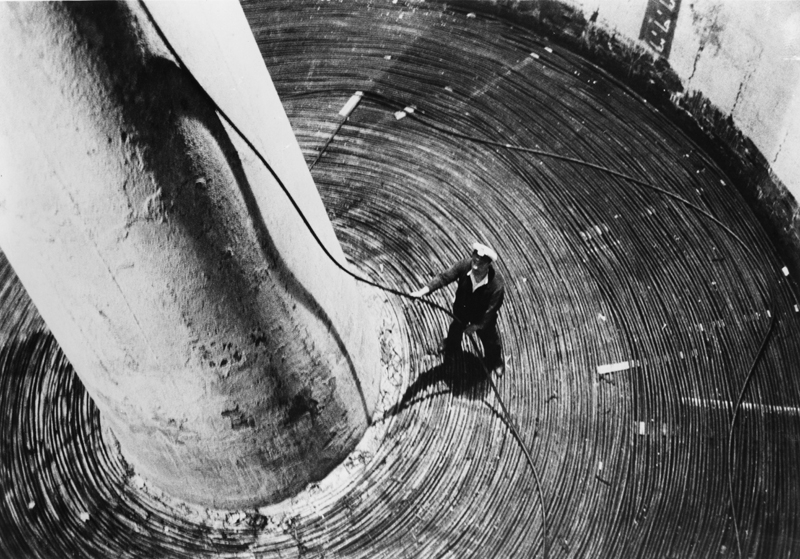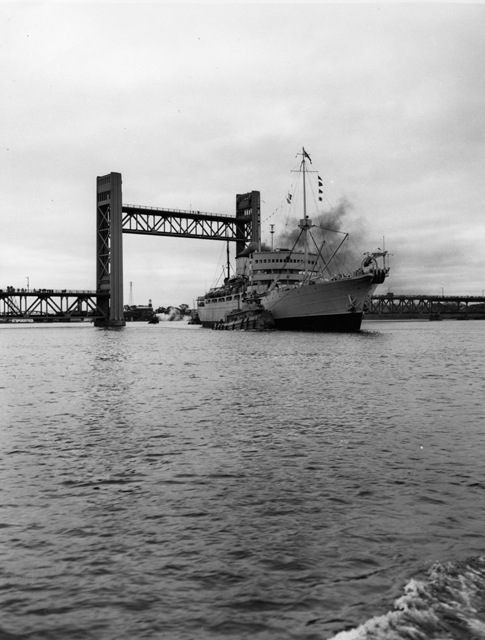I am not normally terribly interested in the workings of the telephone system. Despite the fact that my significant other runs the phones (among other things) at a local Department of Energy facility, I find it hard to concern myself with them. My telephone of choice at home is a black desktop rotary I bought when AT&T was dissolved and we had to buy phones instead of renting them. I have a cell phone (grudgingly) only because my car is nearly as old as my rotary telephone.
Yesterday, it came to my attention that there was a massive Verizon wireless outage that affected both Virginia and North Carolina. This morning, I heard that the first transcontinental telephone call occurred on today’s date in 1915. When I looked it up in Wikipedia (I know, shame on me), I saw right next to that item that rotary phone service began only 4 years later, in 1919, in Norfolk, Virginia (http://en.wikipedia.org/wiki/Timeline_of_the_telephone). Clearly, the universe was trying to tell me something.
I reasoned that perhaps I should see if there was anything interesting in the collections here about trans-Atlantic cabling. It turns out, there is. Lots of people know about the laying of the first trans-Atlantic telegraph cable by Cyrus Fields et al., using the HMS Agamemnon and the US steam frigate Niagara. That cable was responsible for the very first trans-Atlantic electronic communication, and worked for all of 3 weeks.
Not so many people, I suspect, remember the efforts of HMS Monarch, built in 1946. It was the biggest cable-laying ship ever built at that time, with the capacity to hold 2500 nm of telegraph cable or 1500 nm of telephone cable in her 4 tanks. Monarch laid the very first trans-Atlantic telephone cable, TAT-1, in 1955-56. You may counter that the first trans-Atlantic telephone call was much earlier, in 1926, and you would be right. That call, like all such calls before 1956, had an overseas radio link between the land stations. TAT-1, inaugurated on Sept. 25, 1956, also carried the hotline between Washington and Moscow during most of the Cold War (http://en.wikipedia.org/wiki/TAT-1).
Like most trans-Atlantic ventures, Monarch‘s passage was not the smoothest. It encountered severe storms spun off of Hurricane Ione (see the photo below) off Rockall Bank. Nonetheless, she finished her work 3 months ahead of schedule. During the year after the cable was laid, telephone traffic between Europe and North America doubled over the previous 12-month period. TAT-1 revolutionized telecommunications (http://strowger-net.telefoonmuseum.com/tel_hist_tat1.html).
Enjoy these photos from our collection of Monarch and her cable.


